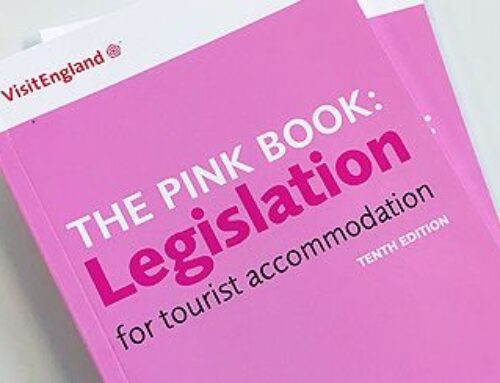Pension provision is changing for employees and employers, starting in October 2012 with the largest employers.
The Government is reforming pensions in an effort to reduce the gap of numbers of people under-providing for their old age.
In a phased introduction – starting with an employers and employees contribution at 1%, rising to 2% and 3% respectively from October 2016- then by 1st October 2017 all PAYE employers will be providing and most employees earning as a minimum, pension contributions of 3%, supplemented by 4% contribution from the employee and 1% from Government.
Accounting & General clients, generally with less than 50 employees will be required to have their scheme in place at some time between 1st August 2014 and 1st February 2016.
Employers can set up a scheme prior to their specific staging date, and this will need to be considered – with specific thought to:
Competitiveness of the employee employment package in the market, against other larger employers that will have introduced schemes much earlier.
Possible phasing of the introduction to reduce total cost and absorb at least some element of the contribution within a general pay increase.
Employer Requirements
Employers will be required to register online their pension scheme with the Pensions Regulator. The scheme will be either:
An existing scheme, including a stakeholder scheme, that fits certain criteria.
A new scheme that fits the criteria.
The Government sponsored simple low cost ‘NEST’ – National Employment Savings Trust.
An eligible scheme must not impose barriers such as probationary periods and age limits on members. It must also not force form signature or ask for extra information, either on joining or later.
In a reversal of the current approach employees (or job holders as they are termed) will usually be auto-enrolled to a pension scheme, rather than the present optional situation.
Employee Eligibility
An eligible job holder is:
Aged between 22 and state pension requirement age.
Working or ordinarily working in the UK.
Earning above a certain annual threshold, currently proposed at £7,475, the top of the individual personal allowance.
Qualifying earnings will include basic salary, overtime payments, bonuses, sick pay, maternity and adoption pay.
Employers will need to assess the eligibility of the employee to the scheme and may have a waiting period of three months, before enrolment. Criteria for this has yet to be defined. But the employer cannot create artificial contracts of under 12 weeks to circumvent the scheme.
Opt Out and Joining Requests
Employees who have been automatically enrolled have the right to opt out of the scheme. This must be taken up within one month and any deductions will be refunded. After that time the employee can still opt out, but with no refund.
Certain workers have the right to opt in, and the employer must undertake this. This will include employees aged under 22 years and over the state retirement age (but less than 75 years old.)
Other workers have a right to join a scheme, but with no contributions forthcoming from the employer.
It will be illegal for the employer to influence the employees decision to opt out of a scheme, and there must be no screening of job applicants with the same thought in mind.
NEST – National Employment Savings Trust
NEST is the Government sponsored pension scheme for employers that do not wish to have their own specific scheme.
Employees will have their contributions invested in a default investment fund, with as few as five fund options. It is expected that some funds will cater for specific ethical requirements, but the choice may not be so broad as to match all requirements.
An advantage of the NEST scheme is that it will be portable and able to move with the employee from employer to employer.
At present (September 2011) there is a cap on contributions to the NEST scheme, which cease on earnings above £33,540.
Records
Employers will be required to keep records of employees ages and earnings, and contributions to their scheme for a minimum of six years.
They will also need to monitor for employees that become eligible or ineligible by age.
Introduction of the Scheme
Employers will be required to communicate the introduction of their scheme to employees, on an individual basis, either in writing, or possibly by email. This may be in a joining pack.





